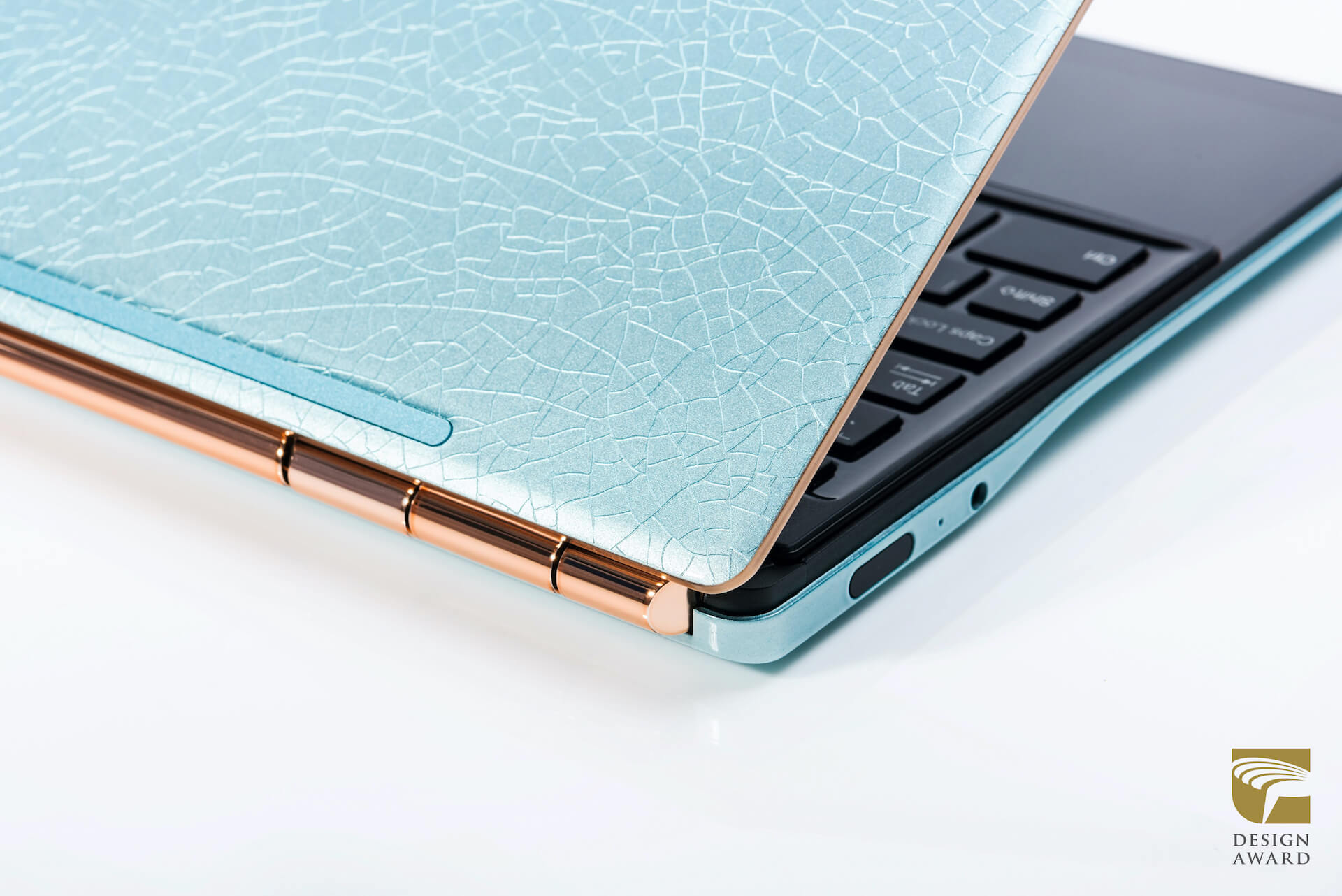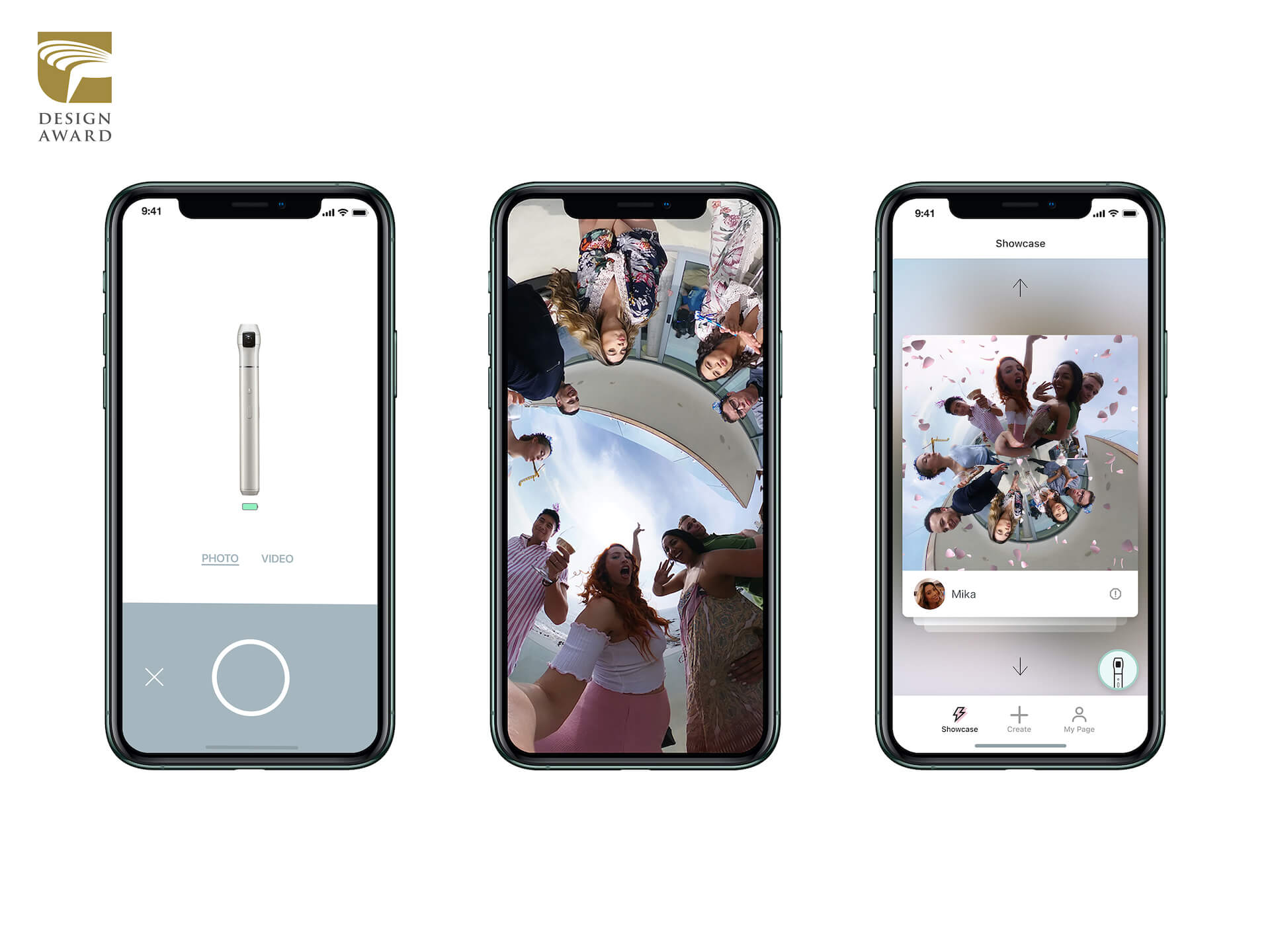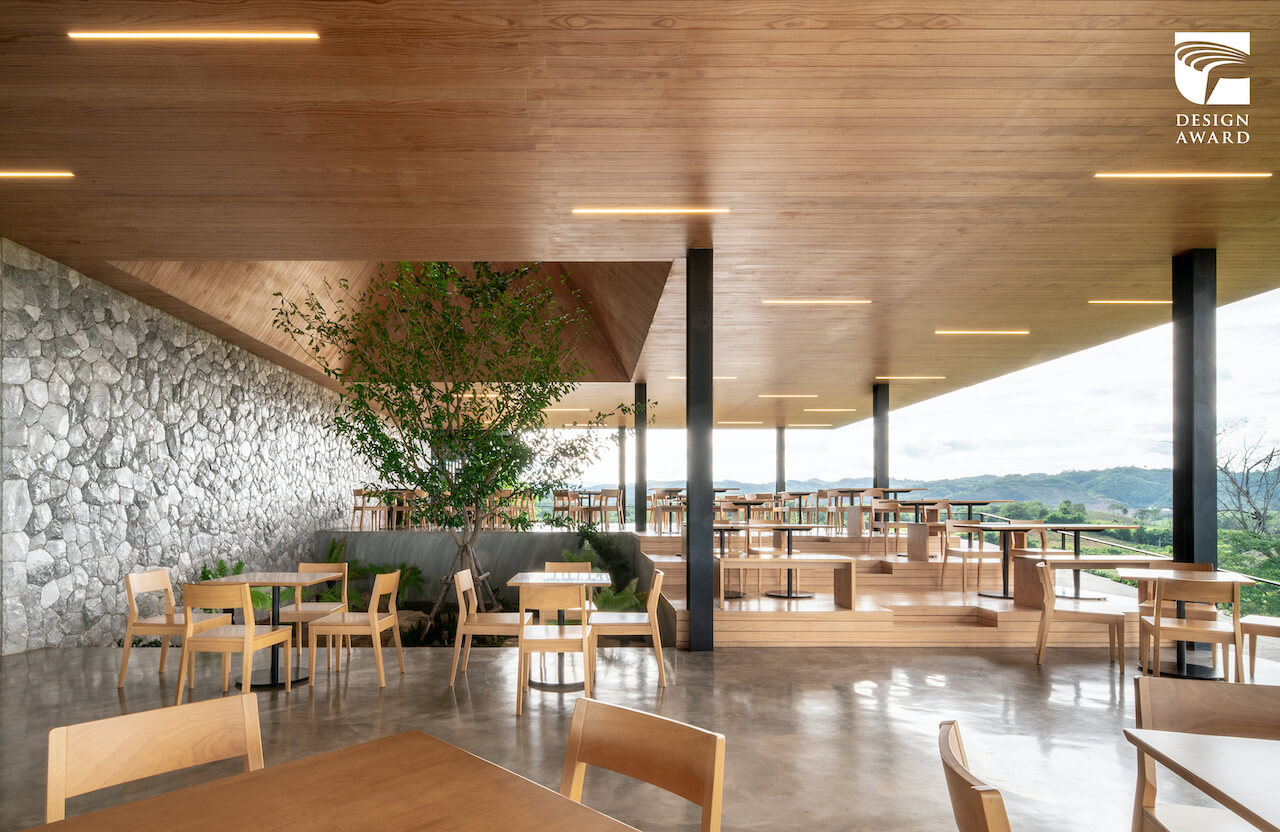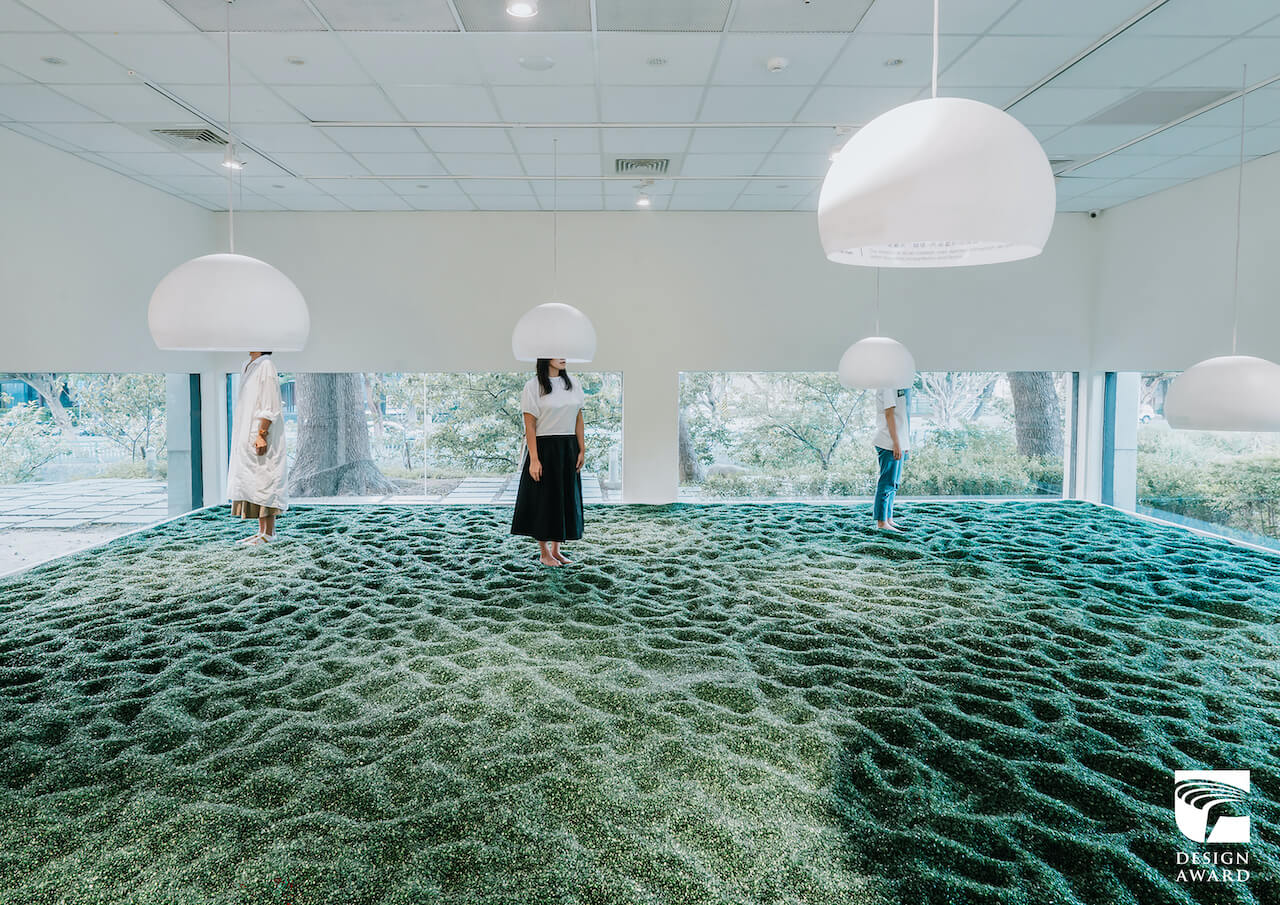Golden Pin Design Award announces finalists for 2021 edition

Japanese pandemic information website Pandaid and the pen-shaped Vecnos 360° Camera, among others, are all in contention for the grand prize.
The judging of the final selection for the 2021 Golden Pin Design Award and Golden Pin Concept Design Award and was completed in mid-September. 115 entries were nominated for the Golden Pin Design Award’s Best Design, and seven entries for the Golden Pin Concept Design Award’s Best Design.
Entries from Taiwan, China, Hong Kong, Japan, Thailand, Singapore, Indonesia, Malaysia, Poland, Germany, the United States, and India will all be competing for the top honor at the award ceremony in Taipei on December 4.
Moreover, this year, the Golden Pin Design Award will also give out its Special Annual Award to commend outstanding entries in the fields of social design and circular design.
Meanwhile, the Golden Pin Concept Design Award is collaborating with Taiwan’s Farglory Foundation for the first time by encouraging innovative conceptual design in the field of architecture with the Special Annual Award — Farglory Award, which will honor the winner with a cash prize of NT$ 200,000 to support the designer’s further design endeavors. The annual awards winners will also be announced at the award ceremony.
Fifteen judges of various design backgrounds from around the world came together online to select 115 finalists out of the 627 entries awarded with the Golden Pin Design Mark. The 115 finalists include 61 entries from Taiwan, 32 from China, six from Japan, five from Thailand, four from Hong Kong, and two from Singapore, as well as designs from Indonesia, Malaysia, Poland, Germany and the US.
Judges such as Danish design advocacy organization The Index Project’s CEO Liza Chong, and founder Francine Houben of renowned international architectural firm Mecanoo were all amazed by the diversity and quality of the participating designs. The judges were even happier to find that many of the designers had actively responded to contemporary challenges, such as achieving the goal of sustainable development through design and making breakthrough innovations in a sophisticated manner. Here are some of the highlights of the finalists chosen for the best design…
Product Design – Magneto Dual Screen Laptop
Taiwanese companies Pegatron Corp and Pega Design came together to design the Magneto Dual Screen Laptop, which has been selected to be a finalist in the category of product design. The laptop has a unique magnetic sliding cover design for its keyboard that complements its bezel-less dual touchpad screens. Users can easily switch between multiple modes such as the multitasking interface, video editing, or using it as a tablet to read or take notes, for a more efficient laptop experience.
Product Design – HP Chromebase 21.5 inch All-in-One Desktop
Again in the category of product design, U.S. company HP Inc. and Taiwan company HP Design‘s HP Chromebase 21.5 inch All-in-One Desktop is also up for the award. The product is an easy-to-use, all-in-one desktop computer. Features such as intelligent voice recognition, a rotating screen, and split screen mode make the device versatile and user-friendly. Furthermore, the fabric that wraps the conical pedestal is made entirely of recycled plastic water bottles from Taiwan, giving new value to what was originally waste.
Product Design – IQUI
IQUI, designed by Japanese group Ricoh’s newly established subsidiary Vecnos, is another among the lineup of finalists in the category of product design. It is an innovative 360-degree panoramic camera with a quad-lens optical system. By targeting the more casual users than the tech-savvy, it aims to fully expand its consumer market with a light and portable camera in a sleek and sophisticated design.
Made possible by a revolutionary four-lens optical system, the slim pen-shaped design fits smartly into a pouch together with all the essential accessories. Shooting is made simple by minimizing the number of buttons so that the camera does not feel like a complicated gadget. 360 degree images that were shot are sent automatically to the smartphone, where an editing function with an original algorithm can be used to add motion and other effects to turn the images into a movie clip.
Communication Design – New Balance – “Grey is __“
Hong Kong company nocompany took on New Balance Hong Kong as a client to create the New Balance—”Grey is __” promotional video, which earned them a spot among the finalists in the category of communication design. The video captures an independent creator Juno Mak’s thoughts on the philosophy and aesthetics behind the color grey, echoing the brand’s most special grey series to celebrate its event “Grey Day.” Though monotone, the video exudes a distinct visual tension in just a single color.
Interested to see what kind of designs it takes to win the Golden Pin? Don’t miss The 2021 Golden Pin Concept Design Award announces 45 Design Mark winners.

Communication Design – PANDAID
In the same category, Japanese company NOSIGNER presented PANDAID, a non-profit website aimed at collecting scientific information on the prevention of COVID-19. More than 300 volunteers with various specialties, including doctors, have volunteered to run the site, which is currently available in six languages. It keeps making its own infographics and posters as needed to deliver intuitive content that the public can easily understand. The posters created to communicate the importance of “social distance” have been shared by more than 10,000 people on social media and helped give birth to a united movement to combat infectious diseases using the strength of design.
Spatial Design – Living in the Mountain
In the category of spatial design, Taiwan company Soar Design Studio’s project “Living in the Mountain” for client Private house is among the finalists. In Taiwan, weather in the mountainous areas is mostly humid and capricious. The design team intends to solve these problems by leveraging interior designs. Therefore, this project drew its inspiration from the concepts of transparency and crevices, not just to bring mountain views indoors, but let the sunlight and air naturally flow throughout the comfortable living space, creating a carefree lifestyle in the mountains.
Spatial Design – Choui Fong Tea Café 2
Thai company IDIN Architects‘ project for the Choui Fong plantation also joined the ranks of the finalist in spacial design. Inspired by the design of an observation deck, Choui Fong Tea Café 2 is a single story rectangular structure divided into areas according to the terrain, giving visitors a breathtaking view of Choui Fong plantation.
The cafe allows all visitors to access a panoramic view and close to the natural landscape. The dining area is split into several steps, plus extended ramp for universal design, following the land contour allow customers from every seat to have a view at a different eye level. The stone covered skylights are created to bring the light inside and come up with various volume ceiling for dining area and tree courtyard, whereas the roof forms were designed blending along to the nature outside.
Spacial Design – Hungry Design
In the same category, judges considered Singapore company Studio Roots‘ project for client Topawards Asia from Japan. “Hungry Design” featured more than 100 unique entries from Topawards Asia’s list of outstanding food packaging designs.
For the exhibition space, the design team likened approaching the exhibits to coming to a delectable feast round a large dining table, made with upcycled carton boxes – an essential but overlooked component of the food delivery process. The exhibits were arranged as a buffet of curious objects that invite one to stop at any point that interests them. The tables complemented the exhibition graphics that dynamically interact with the surfaces in the space.
Integration Design – The Loop – Circular Design Exhibition
The category of integration design includes among its finalists a collaboration between Spring Pool Glass Industrial Co., Ltd. and Joe Fang Studio from Taiwan for the Taiwan Design Research Institute. They created an exhibition that combines craft with technology to present the many forms of glass and utilizes differing sensory experiences to guide viewers to question, ponder, and explore the different possibilities of integrating circular design into everyday life.
Don’t forget to check out last year’s winners’ exhibition to see what to expect this year: Welcome to the Grand Opening of ZONE, the 2020 Golden Pin Design Award Winners’ Exhibition.
Members of the jury weigh in
In regard to this year’s selection process, Japanese graphic design master Taku Satoh was impressed by the standard of the designs in the communication design category, which has made competition fierce. His main considerations when judging focused on whether or not the design’s viewpoint, uniqueness, or quality struck him as particularly interesting.
British industrial design maestro Tom Dixon said he admired the low key, human and less masculine technical designs especially, and there are some entries really impressed him with the solution.
The renowned creative in Asia, Johnason Lo, founder of JL Design, stated that this year’s designs are both varied and impressive. When judging, his main criteria were whether or not the designs brought brand new viewpoints to the discussion and whether they came up with completely original thought processes and visions when for problem solving.
Kung Shu-chang, professor at National Yang Ming Chiao Tung University’s Graduate Institute of Architecture, pointed out the overall maturity of the designs in the spatial design category, which made judging quite challenging. He was glad to see that many of the shortlisted designs did not merely focus on the space itself, but instead additionally considered the existing environment and architecture, and even expanded their reflections to encompass social and educational issues.




















